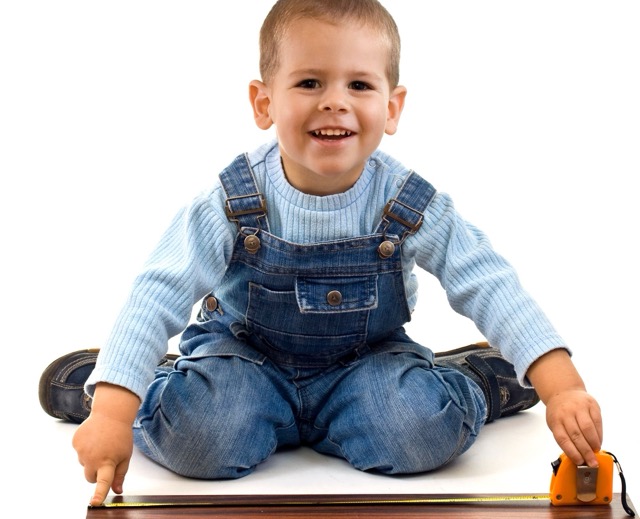“W sitting” is a term you might not be familiar with, but it’s important to consider in your child’s development. It refers to a sitting posture where children sit on the floor with their legs forming a ‘W’ shape. At Red Door Pediatric Therapy, we emphasize the need to understand and correct this posture to ensure children’s healthy physical and sensory development.
Why Do Children Adopt W Sitting?
Children naturally find W sitting comfortable, especially during play, as it provides stability without engaging core muscles. However, if prolonged, this posture can impact balance, coordination, and the development of gross motor skills. It’s a behavior often noticed around preschool age and can have underlying sensory reasons.
The Impact of W Sitting on Child Development
Prolonged W sitting can lead to muscle imbalances. The inside hip muscles can become overstretched and weak, while the outside muscles become overly tight. This imbalance can affect a child’s ability to sit in more balanced postures, walk correctly, and develop coordination skills.
Sensory Aspects of W Sitting
- Body Awareness: This involves the child’s understanding of their body’s position in space. In W sitting, the awareness of limb positioning may be diminished.
- Proprioceptive Input refers to the feedback from muscles and joints about body movement and position. Children who favor W sitting might seek more proprioceptive input.
- Vestibular Sense: Linked to the inner ear, this sense helps in maintaining balance and understanding the body’s orientation in space.
Correcting W Sitting: Practical Tips
- Awareness: Often, children are unaware of their sitting posture. A simple reminder like “fix your feet” can help them become conscious of their position.
- Alternative Positions: Encourage positions like long sitting, criss cross applesauce, saddle sitting, or using a child-sized stool.
- Strength Building: Activities like squatting or using a clipboard for drawing can strengthen core muscles, reducing the tendency for W sitting.
- Demonstration: Show your child the desired sitting position to give them a visual understanding of what is expected.
When to Seek Professional Help for W Sitting
If you notice your child predominantly using W sitting and struggling with coordination or balance, it might be time to seek professional advice. At Red Door Pediatric Therapy, we offer guidance and support in addressing W sitting and related developmental concerns. Our therapists in Beulah, Minot, Grand Forks, Bismarck and Fargo are skilled in helping children develop healthier sitting and movement patterns.
Conclusion: Healthy Development Through Proper Posture
Recognizing and addressing W sitting is essential in promoting your child’s healthy physical and sensory development. Understanding the reasons behind this posture and implementing corrective strategies can help your child build a stronger foundation for growth and learning. Remember, early intervention is key, and at Red Door Pediatric Therapy, we’re here to support you every step of the way.

